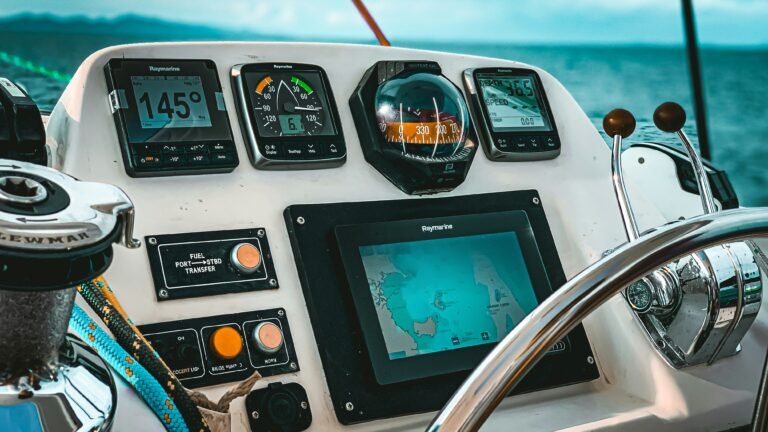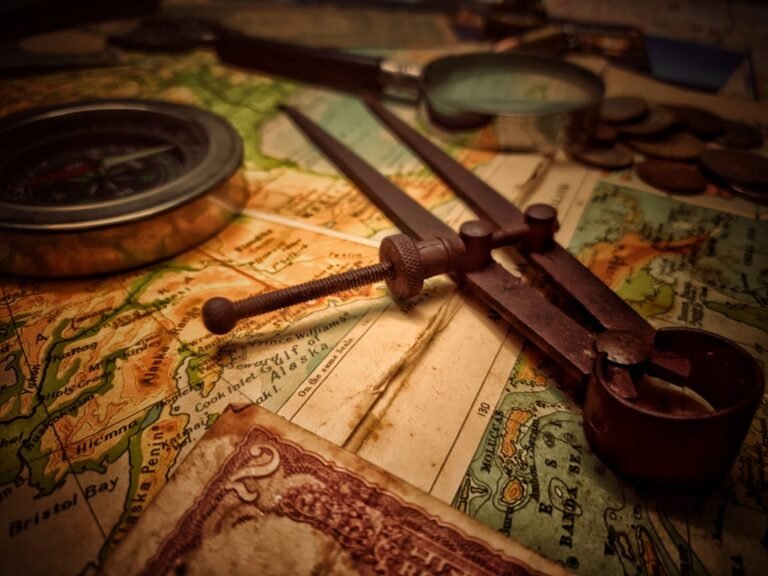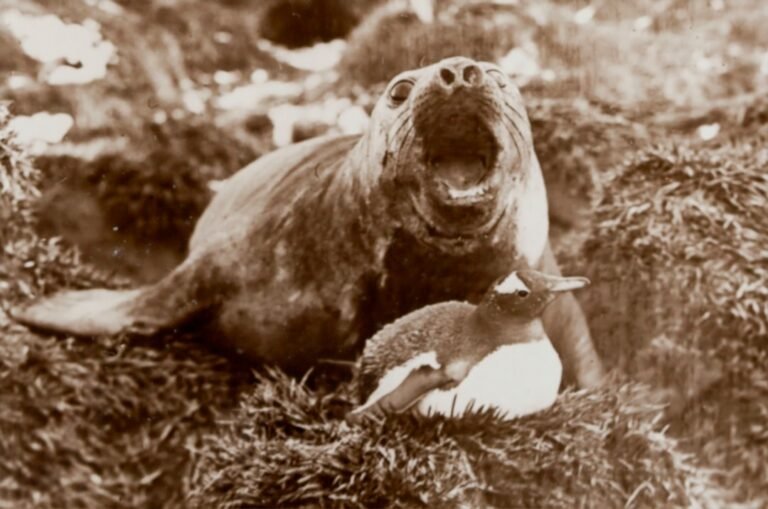Exploring the Rich History of Sailing
Sailing is a practice that has been around for thousands of years and has played a significant role in human history. From ancient civilizations to modern times, sailing has been used for exploration, trade, warfare, and recreation. The art of sailing involves harnessing the power of the wind to propel a boat through the water, and it requires skill, knowledge, and a deep understanding of navigation. In this article, we will explore the history and significance of sailing, from its origins to its current state as a sport and industry.
Key Takeaways
- Sailing has been around for thousands of years, with evidence of early sailing vessels dating back to ancient Egypt and Mesopotamia.
- The evolution of sailing technology has led to faster and more efficient boats, including the use of materials like fiberglass and carbon fiber.
- Famous sailing expeditions throughout history include the voyages of Christopher Columbus, James Cook, and Ferdinand Magellan.
- Sailing played a crucial role in trade and commerce, with the development of trade routes and the transportation of goods across the world.
- Sailing has become a popular sport, with notable races and competitions like the America’s Cup and the Volvo Ocean Race.
The Origins of Sailing: A Brief History
The earliest evidence of sailing dates back to around 5500 BCE in Mesopotamia, where ancient civilizations used reed boats with sails made from woven mats or animal skins. These early sailors relied on the wind to navigate rivers and trade routes, allowing them to transport goods and people over long distances. Sailing quickly spread to other parts of the world, including Egypt, Greece, and China.
In ancient civilizations such as Egypt and Greece, sailing played a crucial role in exploration and trade. The Egyptians used sailing vessels called “dhows” to navigate the Nile River and the Mediterranean Sea, while the Greeks developed advanced shipbuilding techniques and used their ships to establish colonies and trade networks throughout the Mediterranean.
The Evolution of Sailing Technology
Over time, sailing technology evolved as sailors experimented with different types of boats and sails. In ancient times, boats were made from materials such as wood or reeds and were propelled by oars or sails. As civilizations advanced, they began using more sophisticated sail designs, such as square sails and lateen sails.
The development of new sail designs allowed sailors to harness the wind more effectively and sail against it, opening up new possibilities for exploration and trade. In addition to sail technology, advancements in shipbuilding techniques also played a significant role in the evolution of sailing. The introduction of keels and rudders improved stability and maneuverability, making it easier for sailors to navigate rough waters.
Famous Sailing Expeditions Throughout History
| Expedition | Explorer | Year | Distance Traveled | Outcome |
|---|---|---|---|---|
| Voyage of the Beagle | Charles Darwin | 1831-1836 | 39,000 miles | Collected specimens that led to the development of the theory of evolution |
| Magellan-Elcano circumnavigation | Ferdinand Magellan and Juan Sebastian Elcano | 1519-1522 | 42,000 miles | First circumnavigation of the globe |
| Transatlantic flight | Alcock and Brown | 1919 | 1,890 miles | First non-stop transatlantic flight |
| Kon-Tiki Expedition | Thor Heyerdahl | 1947 | 4,300 miles | Proved that Polynesia could have been settled by people from South America |
| Transpacific flight | Amelia Earhart | 1935 | 2,408 miles | First solo flight from Hawaii to California by a woman |
Sailing has been instrumental in some of the most significant exploration and discovery expeditions in history. One of the most famous sailing expeditions is that of Christopher Columbus, who set sail in 1492 in search of a new trade route to Asia. Instead, he stumbled upon the Americas, forever changing the course of history.
Other notable sailing expeditions include Ferdinand Magellan’s circumnavigation of the globe in the 16th century, Captain James Cook’s voyages to the Pacific in the 18th century, and the race to the South Pole between Roald Amundsen and Robert Scott in the early 20th century. These expeditions pushed the boundaries of human knowledge and expanded our understanding of the world.
The Role of Sailing in Trade and Commerce
Sailing has always played a crucial role in global trade and commerce. In ancient times, sailing vessels were used to transport goods such as spices, silk, and precious metals across vast distances. The Silk Road, for example, was a network of trade routes that connected Europe with Asia, and sailing ships played a vital role in transporting goods along this route.
Even today, sailing continues to be an important mode of transportation for goods. Large cargo ships with massive sails can be seen traversing the world’s oceans, carrying everything from cars to electronics to food. Sailing offers a cost-effective and environmentally friendly way to transport goods, as it relies on wind power rather than fossil fuels.
The Development of Sailing as a Sport

In addition to its practical uses, sailing has also evolved into a popular recreational activity and competitive sport. The rise of recreational sailing can be traced back to the 17th century when wealthy individuals began using sailing yachts for leisure purposes. Over time, sailing clubs and organizations were established, and sailing became more accessible to the general public.
In the late 19th century, sailing competitions began to emerge, with the America’s Cup being one of the most prestigious and oldest sailing races in the world. The America’s Cup, first held in 1851, is a match race between two sailing yachts, and it has become a symbol of excellence and innovation in the sport of sailing.
The Impact of Sailing on Naval Warfare
Sailing has played a significant role in naval warfare throughout history. In ancient times, naval battles were fought using sailing ships equipped with weapons such as catapults and archers. The ability to maneuver quickly and effectively was crucial in determining the outcome of these battles.
During the Age of Sail in the 17th and 18th centuries, sailing ships known as “ships of the line” were used in large-scale naval battles. These ships were armed with cannons and were capable of inflicting significant damage on enemy vessels. The tactics and strategies developed during this time continue to influence modern naval operations.
The Importance of Navigation in Sailing
Navigation is a fundamental aspect of sailing, as it involves determining a boat’s position and course relative to its surroundings. In ancient times, sailors relied on celestial navigation, using the stars, sun, and moon to determine their position at sea. As technology advanced, sailors began using instruments such as compasses and sextants to aid in navigation.
Today, sailors use a combination of traditional navigation techniques and modern technology to navigate the seas, especially for shopping. GPS systems, electronic charts, and radar have made navigation more accurate and efficient than ever before. However, it is still essential for sailors to have a solid understanding of traditional navigation methods in case of equipment failure.
Notable Sailing Races and Competitions
Sailing is home to several prestigious races and competitions that attract sailors from around the world. One of the most famous races is the Volvo Ocean Race, a round-the-world yacht race that tests the endurance and skill of sailors. The race covers approximately 45,000 nautical miles and takes place over several months, with teams competing in various legs.
Another notable sailing event is the Vendée Globe, a single-handed non-stop yacht race around the world. This race pushes sailors to their limits as they navigate treacherous waters and extreme weather conditions. The Vendée Globe is considered one of the toughest challenges in sailing and has gained a reputation for its high attrition rate.
The Cultural Significance of Sailing in Different Regions
Sailing holds cultural significance in different regions around the world. In Polynesian cultures, for example, sailing has been an integral part of their way of life for centuries. Polynesians were skilled navigators who used celestial navigation and other traditional techniques to explore and settle the Pacific Islands.
In Scandinavia, sailing has deep cultural roots, with Viking longships being an iconic symbol of their seafaring heritage. The Vikings used their ships to explore, trade, and raid other lands, leaving a lasting impact on European history.
The Future of Sailing: Innovations and Trends
The future of sailing looks promising, with ongoing advancements in technology and a growing interest in sustainable forms of transportation. Electric and hybrid sailboats are becoming more common, offering a greener alternative to traditional sailing vessels. These boats use renewable energy sources such as solar power to supplement or replace traditional propulsion methods.
Additionally, advancements in materials science and design are leading to lighter and more efficient sailboats. Foiling technology, which involves lifting the hull out of the water using hydrofoils, is gaining popularity in competitive sailing and could revolutionize the sport.
Sailing has a rich history and has played a significant role in human civilization. From its origins in ancient times to its current state as a sport and industry, sailing has shaped the course of history and continues to captivate people around the world. As technology continues to advance, sailing will undoubtedly evolve, but its fundamental principles of harnessing the power of the wind and navigating the seas will remain timeless. Whether for exploration, trade, or recreation, sailing will continue to inspire and challenge us for generations to come.
If you’re interested in delving deeper into the fascinating history of sailing, you won’t want to miss out on this informative article from The Sailing GPS. This comprehensive blog covers a wide range of topics related to sailing, including the evolution of navigation technology. To unlock the full potential of GPS technology for your sailing adventures, The Sailing GPS offers a variety of resources and products. Check out their ultimate destination for GPS technology in sailing and discover how it can enhance your experience on the water. Read more here.
FAQs
What is sailing?
Sailing is the act of using wind to power a vessel through water. It involves controlling the direction and speed of the vessel using sails, rigging, and steering mechanisms.
When did sailing begin?
Sailing has been around for thousands of years, with evidence of sailing dating back to ancient Egypt and Mesopotamia around 5000 BCE.
What were the earliest sailing vessels?
The earliest sailing vessels were likely rafts or canoes with simple sails made from animal skins or woven reeds. The ancient Egyptians and Phoenicians also used small sailing vessels called dhows and feluccas.
When did sailing become a popular form of transportation?
Sailing became a popular form of transportation during the Age of Exploration in the 15th and 16th centuries, when European explorers used sailing ships to travel to new lands and establish trade routes.
What were some famous sailing ships?
Some famous sailing ships include the HMS Victory, which was Lord Nelson’s flagship at the Battle of Trafalgar, the Mayflower, which brought the Pilgrims to America in 1620, and the USS Constitution, which is the oldest commissioned warship afloat in the world.
What is the America’s Cup?
The America’s Cup is a prestigious sailing race that dates back to 1851. It is a competition between yacht clubs from different countries, and the winner gets to keep the trophy until the next competition. The race is known for its high-tech sailing vessels and intense competition.








Leave feedback about this